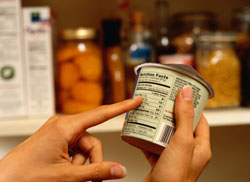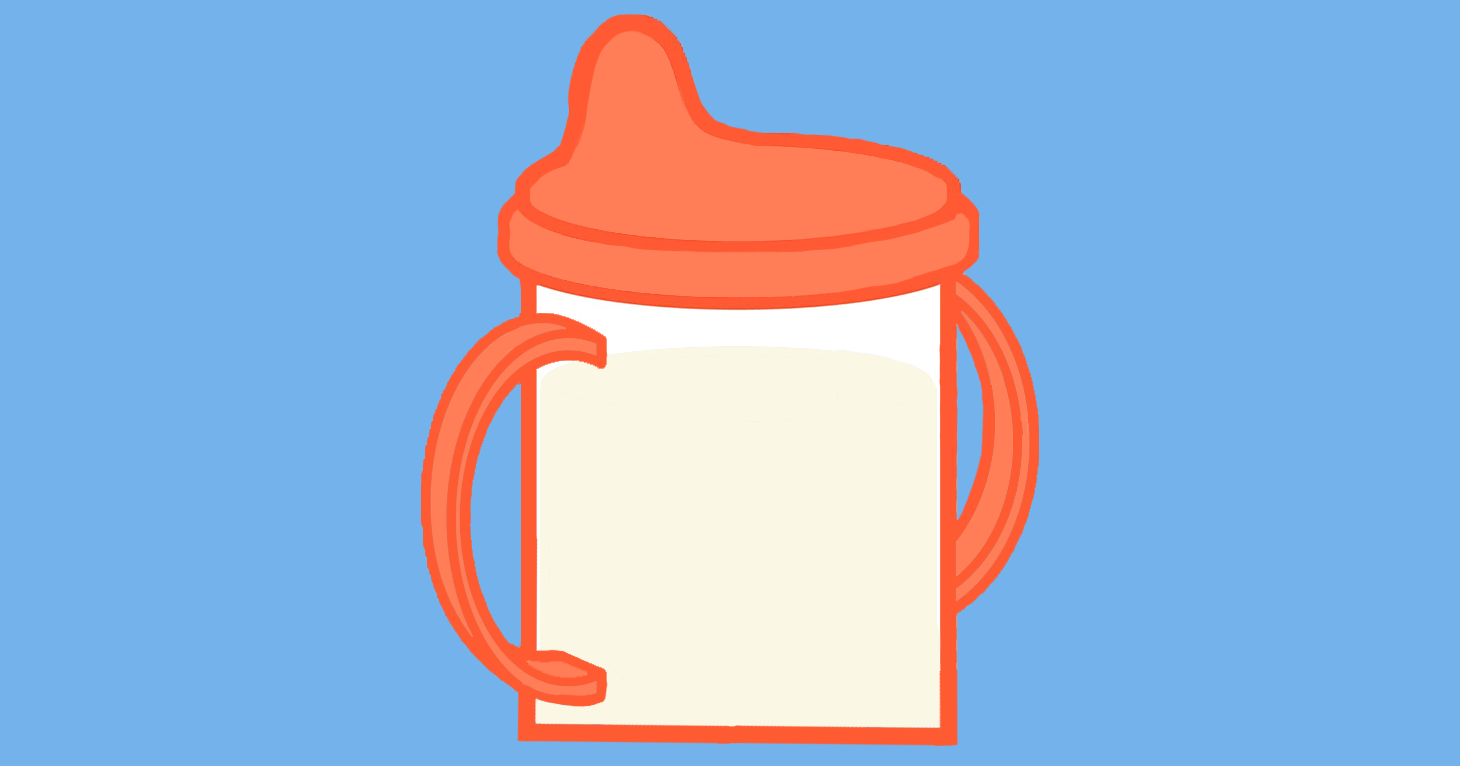
Best Reader Tips of 2021
This year reader tips led to dozens of ad alerts, as well as a complaint to regulators.
When cruising down the aisle of your favorite local supermarket, you may depend greatly on the packaging and labeling when deciding what food and beverage items or brands to buy. You might expect the labels to be accurate and truthful but, unfortunately, they can often be misleading and deceptive.
Names and Pictures
Companies enjoy a great deal of leeway when it comes to the pictures and words they use on food and beverage packaging. Some might say a bit too much leeway. In fact, it’s not uncommon for manufacturers to feature splashy pictures or even name products that in no way reflect the actual ingredients. Check out a couple of glaring examples.
Terminology
Confusing and meaningless terminology abounds on food labels. Do you know what “Light,” Cage-Free,” or “Natural” really means? Well, not to worry, no one else does either. We’ve tried to decode them for you here.
Sometimes, companies blatantly lie on the label. That’s right, they just make stuff up. Like Tyson did in 2008 in a $16 million ad campaign promoting poultry products “Raised Without Antibiotics.” Not only was the company forced to pull the plug on the campaign and re-label its products, Tyson also spent $5 million to settle a class-action lawsuit.
Serving Sizes
Serving sizes listed on the back of many products are completely unrealistic when you consider today’s average portion sizes, a phenomenon known as “portion distortion.” The accompanying nutrition information is also given in terms of a single serving, leading many of us to completely underestimate our salt, sugar, fat, and caloric intake. Obesity epidemic, anyone?
What you might not know is that serving sizes are not set by manufacturers, but by the FDA, which bases the numbers on consumer surveys conducted more than thirty years ago. This doesn’t mean that manufacturers don’t exploit archaic serving size guidelines to make their products appear better, healthier, or less caloric than they really are. Read about servings sizes and the misleading “0 grams trans fat” label here.
Click on the picture to watch the video of Stephen Colbert explaining what a serving size of Wheat Thins is.
Ingredients Listing
This one should be a no-brainer. Ingredients on the back of food products are listed in order by weight from the greatest to the least. How could this possibly be misleading? According to the Harvard School of Public Health, food manufacturers can make foods that are actually quite high in added sugars appear healthier by using multiple sweeteners listed separately. The sweeteners then appear further down the list of ingredients, masking the fact that added sugar is a primary component.
Another deceptive tactic is to refer to sugar as “evaporated cane juice,” making consumers think that the sweetener is juice. For example, Greek Yogurt maker, Chobani, has come under fire for claiming that the company’s yogurt products contain no added sugar. You might assume that the 19g of sugar listed on the nutrion panel of the fruit varieties come from lactose or from the added fruits. In reality, though, the yogurt contains sugar, but the company calls it “evaporated cane juice,” an ingredient that the FDA has stated is “false and misleading.”
For more information about food labeling issues, check out the Center for Science in the Public Interest’s food labeling report.
This year reader tips led to dozens of ad alerts, as well as a complaint to regulators.
It’s the perfect formula for a class-action lawsuit trend.
These marketing claims are feeling the heat.


